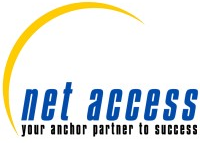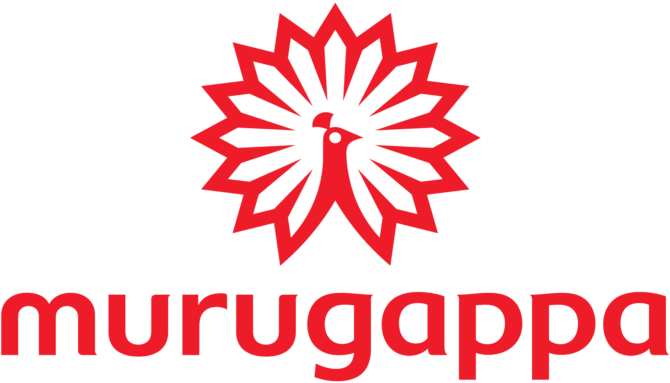
Effective Strategies for Managing High Volume Ticketing in IT Helpdesk Services
In today’s fast-paced and technology-driven business environment, IT helpdesk services are the backbone that keeps organizations running smoothly. With the increasing reliance on technology, the volume of support tickets can skyrocket, creating significant challenges for IT departments. Managing high volume ticketing efficiently is crucial to maintaining productivity, ensuring customer satisfaction, and optimizing IT operations. This blog will explore strategies and best practices for handling high ticket volumes in IT helpdesk services.
Understanding the Challenge
High ticket volumes in IT helpdesk services can result from various factors, including organizational growth, the introduction of new technologies, or recurring technical issues. When not managed effectively, high ticket volumes can lead to longer response times, frustrated users, and overburdened support staff. To tackle this challenge, IT departments must adopt a strategic approach that encompasses technology, process optimization, and human resources.
Implementing a Robust Ticketing System
A robust ticketing system is the foundation of effective IT helpdesk management. An advanced ticketing system not only logs and tracks issues but also prioritizes and categorizes them based on urgency and impact. Key features to look for in a ticketing system include:
- Automation: Automating routine tasks such as ticket assignment, escalation, and notifications can significantly reduce manual workload and ensure tickets are addressed promptly.
- Self-Service Portal: A self-service portal allows users to find solutions to common problems through a knowledge base or FAQs, reducing the number of tickets submitted.
- Analytics and Reporting: Comprehensive reporting tools help identify trends, recurring issues, and bottlenecks, enabling proactive problem-solving and process improvement.
Prioritization and Categorization
Not all tickets are created equal. Effective prioritization and categorization ensure that critical issues are addressed promptly while less urgent matters are queued appropriately. Implementing a tiered support structure can help:
- Tier 1 Support: The first line of defense, handling basic issues and common requests. If the issue cannot be resolved, it is escalated to the next tier.
- Tier 2 Support: More experienced technicians handle complex problems that require deeper technical knowledge.
- Tier 3 Support: Specialized experts or engineers address the most challenging and critical issues.
Using a priority matrix can also help in categorizing tickets based on impact and urgency, ensuring that resources are allocated efficiently.
Empowering the Helpdesk Team
A well-trained and motivated helpdesk team is crucial for managing high ticket volumes. Investing in ongoing training and professional development ensures that technicians are equipped with the latest skills and knowledge. Key areas of focus include:
- Technical Skills: Regular training on new technologies, software, and tools used within the organization.
- Soft Skills: Effective communication, empathy, and problem-solving skills are essential for providing excellent customer service.
- Stress Management: High ticket volumes can be stressful. Providing resources and support for stress management helps maintain team morale and productivity.
Leveraging Technology
Advanced technologies such as artificial intelligence (AI) and machine learning (ML) can play a significant role in managing high ticket volumes. AI-powered chatbots and virtual assistants can handle routine queries, provide instant responses, and even resolve simple issues without human intervention. This reduces the burden on the helpdesk team and allows them to focus on more complex tasks.
Machine learning algorithms can analyze historical ticket data to predict and preempt potential issues, enabling proactive support. Additionally, AI can assist in ticket triage, automatically categorizing and prioritizing tickets based on their content and context.
Process Optimization
Streamlining helpdesk processes is essential for efficient ticket management. Key process optimization strategies include:
- Standard Operating Procedures (SOPs): Developing clear SOPs for common issues and tasks ensures consistency and reduces resolution time.
- Knowledge Management: Maintaining an up-to-date knowledge base with solutions to frequent problems empowers users to resolve issues independently and reduces ticket volume.
- Root Cause Analysis: Regularly analyzing recurring issues to identify and address their root causes can significantly reduce ticket volume over time.
Enhancing Communication
Effective communication between the helpdesk team and users is critical. Clear communication helps manage user expectations and ensures that issues are understood and addressed correctly. Best practices for communication include:
- Timely Updates: Providing regular updates on ticket status keeps users informed and reduces follow-up inquiries.
- User Education: Educating users on common issues and how to avoid them can prevent unnecessary ticket submissions.
- Feedback Mechanism: Implementing a feedback mechanism to gather user input and improve helpdesk services continuously.
Monitoring and Continuous Improvement
Continuous monitoring and improvement are vital for managing high ticket volumes effectively. Key performance indicators (KPIs) such as ticket resolution time, first contact resolution rate, and customer satisfaction should be tracked regularly. Analyzing these metrics helps identify areas for improvement and measure the effectiveness of implemented strategies.
Regular reviews and feedback sessions with the helpdesk team provide valuable insights and foster a culture of continuous improvement. Encouraging team members to share their experiences and suggestions can lead to innovative solutions and process enhancements.
Conclusion
Managing high volume ticketing in IT helpdesk services is a complex but achievable goal. By implementing a robust ticketing system, prioritizing and categorizing tickets effectively, empowering the helpdesk team, leveraging advanced technologies, optimizing processes, enhancing communication, and focusing on continuous improvement, organizations can handle high ticket volumes efficiently and maintain a high level of customer satisfaction.
In an ever-evolving technological landscape, staying ahead of the curve requires a proactive and strategic approach to IT helpdesk management. By embracing these best practices, organizations can ensure that their IT helpdesk services remain a reliable and effective support system for their users.
Are you in search of a reliable IT helpdesk services provider? Net Access is here to provide you with the essential support you need. Contact us today!

